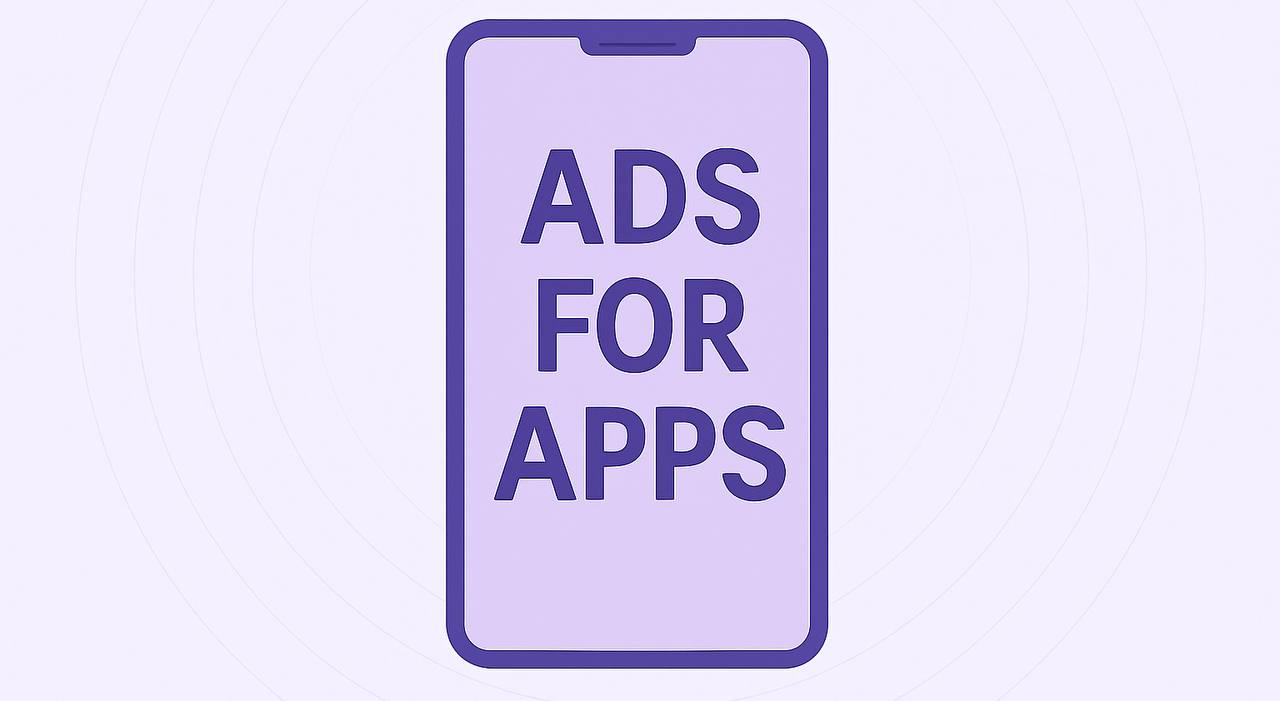Ads for Desktop Apps: When Does It Pay Off?
As desktop software and browser extensions grow more advanced, monetization increasingly hinges on balancing user experience with long-term profit sustainability. The legacy model of visual banner ads is gradually losing relevance amid growing performance concerns and regulatory scrutiny. In 2025, ads for desktop apps still have potential—but only when implemented through well-calibrated monetization architecture. This article analyzes revenue trade-offs between traditional ad formats and silent peer‑to‑business SDKs, using key KPIs like RPM, churn, ARPDAU, LTV, and eCPM. We also address frequent technical and compliance concerns.
The Monetization Crossroads: Visibility vs. Invisibility
While banner ads can yield RPMs around $2.80, their presence introduces friction in the user journey. Increased UI load, distraction, and layout shifts negatively affect NPS scores and directly contribute to churn rates of 5–10% over 90-day windows. These ads also present a higher risk profile under new regulations: the EU’s Digital Markets Act (DMA), Apple’s App Store Guidelines, and Microsoft’s Verified App framework all emphasize transparency, CPU performance, and intrusive element detection.
In contrast, silent monetization SDKs like Infatica operate entirely in the background. These models monetize idle system resources or consented data-sharing pathways with partner businesses. Without visible artifacts, they minimize user disturbance and allow monetization of 100% of active DAU, even those who opt out of banners or subscriptions. This leads to eCPMs of $4–6—more than 2x banner performance with substantially less user attrition.
Revenue and Retention: A Metric-Based Approach
Churn and RPM
Banner-based strategies often overlook the hidden cost of visibility. For every $1 earned through banners, incremental user churn and support queries may offset long-term gains. A comparative study of mid-tier Windows desktop apps in 2024 found:
- Average 90-day churn with banner ads: 18.4%
- With SDK only: 11.2%
- Net ARPU increase with hybrid model: +32%
Performance bottlenecks—particularly on low-spec devices—also compound user dissatisfaction. UI overlays add to rendering time and input latency, causing critical UX friction during first-time use.
ARPDAU and LTV Scaling
Infatica’s SDK provides data-sharing monetization with built-in Sub‑ID support, enabling fine-grained attribution. ARPDAU rises to $0.035–0.045 for general users, with power-user LTV climbing to $0.40+—up from $0.10 in banner-exclusive deployments. These metrics translate to 4x monetization depth within the same user session base.
Monetization Stack Blueprint: 7-Step Roadmap
Monetization strategy must now be viewed as a data-driven lifecycle rather than a single integration step. Here’s a phased roadmap for developers:
- Audience Profiling: Identify session duration, concurrency peaks, OS distribution, and available system memory.
- Baseline Benchmarking: Compare historic banner RPMs and evaluate current eCPM via Firebase or AppsFlyer.
- SDK Selection & Deployment: Choose a compliant SDK with documented resource consumption. Embed Sub‑ID logic and consent UI.
- Consent Management: Implement GDPR/CCPA-compliant opt-ins, opt-outs, and audit logging.
- Performance Testing: Ensure SDK usage remains under 1% CPU and 2MB RAM across platforms.
- Metric Optimization: Track ARPDAU, LTV, eCPM, and churn via tools like Amplitude or Mixpanel.
- Iterative Scaling: Deploy across Windows/macOS/extensions with segmented A/B testing.
Case Study: Puzzle Game Extension
A browser-based puzzle game initially used interstitial and banner ads. With ~150,000 DAU, its average RPM plateaued at $2.80, while churn reached 7.8%. After integrating the Infatica SDK:
- ARPDAU doubled from $0.022 to $0.046
- eCPM reached $5.2
- Monthly SDK revenue hit $17,500 (3-month total: $52,500)
- Annual SDK revenue now projected at $105,000+
- LTV of power users increased 4x
Sub‑ID analytics also revealed reactivation cohorts monetized better through SDK logic than through retargeting—underscoring the long-term value of silent monetization.
Technical & Compliance Considerations
Infatica SDK operates within strict regulatory and performance constraints:
- Performance: Under 1% CPU, <2MB RAM
- Battery: No measurable drain on power profile
- Privacy: GDPR/CCPA/DMA-compliant with pseudonymized Sub‑ID
- Compatibility: Windows, macOS, Chromium-based browsers
- Stack Coexistence: Operates alongside banners, IAPs, and subscriptions
Built-in consent dialogs, opt-out paths, and manifest declarations make the SDK a reliable foundation for hybrid monetization models.
2025 Compliance Checklist
Regulatory expectations now demand full-stack transparency and proactive governance. SDK deployments must:
- ✅ Be declared in manifests (app.json, package.json, etc.)
- ✅ Include opt-out and deletion interfaces
- ✅ Maintain <2% system resource usage
- ✅ Avoid intrusive formats (e.g. overlays, full-screen interstitials)
- ✅ Include Sub‑ID-based traceability
- ✅ Fulfill DMA requirements on ad origin and consent tracking
FAQ
Does Infatica SDK drain battery?
No. Profiling shows sub-1% CPU usage and low memory footprint, even on older devices.
Is user data exposed?
No. All data is pseudonymized via Sub‑ID with explicit opt-in. No personal information is collected.
Can SDKs coexist with banner ads?
Yes. Hybrid models yield broader coverage and higher LTV per user.
Is this compliant with major app stores?
Yes. Infatica aligns with GDPR, DMA, CCPA, and Google/Apple/Microsoft app store policies.
Conclusion
In 2025, the economics of ads for desktop apps are clear: silence pays. Banners may be familiar but come with a heavy UX and compliance price tag. SDK-first monetization—especially Infatica’s peer‑to‑business model—offers better yield, higher retention, and zero ad clutter. The 7-step approach outlined here gives developers a blueprint for scalable, future-proof revenue.
Ready to shift from banner burnout to silent success?
Learn more about Infatica SDK or contact us to explore integration options.
